I was recently watching Jujutsu Kaisen and came across a special grade cursed spirit, named Mahito. Therein I saw him use his innate domain: Self-Embodiment of Perfection, and I was immediately reminded me of Malbec. I feel there’s a connection between the perfection embodied in both Mahito’s innate domain and Malbec itself.
The next thing I knew, I had this irresistible urge to have at least a sip of Malbec. So, I got up, grabbed a bottle of Malbec, a perfect Bordeaux glass to enjoy the wine, a large tub of popcorn, and lots of dark chocolate. I started with just one sip, then another, and another—it just kept going like that. Before I knew it, I had binge-watched the entire two seasons while savoring Malbec and munching on my snacks.
After enjoying my lovely evening, I was like, hell yeah, I wanna share my experience with others! So, I began writing this blog on Malbec!
What is Malbec?
I wondered as to what made Malbec so special? Well, Malbec is a black-skinned grape variety that produces red wine known for its rich, dark fruit flavors and smoky finish. The name “Malbec” comes from a French term, but the grape has found its most famous expression in the high-altitude vineyards of Argentina. It’s celebrated for its ability to produce wines with deep color, ample tannins, and a unique flavor profile that includes notes of black fruits and spices.
Oh wow, tell me more!
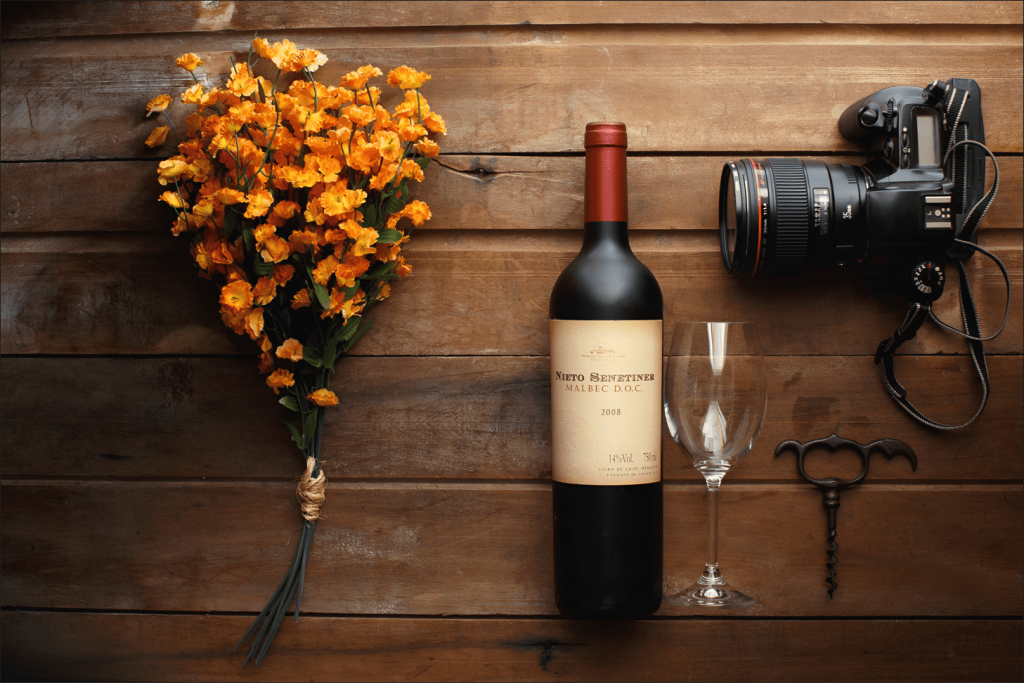
- Malbec is one such wine that embodies the essence of both Old World tradition and New World innovation, while boasting a deep purple hue and a flavor profile that dances between lush fruit and earthy undertones. Welcome to the world of Malbec, a wine that has not only carved its niche in the global wine market but has also become synonymous with the vibrant wine culture of Argentina.
- Malbec is celebrated for its deep color, intense fruit flavors, and robust tannins. It has its origins in France, where it was primarily used as a blending grape in Bordeaux, though now the Malbec has found a new home in Argentina, where it thrives and has become the country’s signature grape variety. This transformation from a blending grape to a standalone varietal wine is a testament to the grape’s versatility and the innovative spirit of Argentinian winemakers.
- Can you believe that in France, Malbec was often overshadowed by other Bordeaux varieties like Cabernet Sauvignon and Merlot? However, the grape has found a perfect terroir in Argentina, particularly in the Mendoza region for itself. The combination of high altitude, sunny days, and cool nights creates ideal growing conditions, thus allowing Malbec to express its full potential.
Journey of Malbec

Malbec’s journey began in the French regions. But ever wondered why it’s called Malbec? The name “Malbec” is derived from a French term, of course, named after a Hungarian peasant named Malbeck who originally introduced these grapes to the Bordeaux region. Over time, the grape became an integral part of various wine blends, contributing its deep color and tannic structure. In its new Argentinian home, the grape has retained its name but has taken on a new identity, becoming a symbol of the country’s wine industry.
The journey of Malbec from the vineyards of France to the Andes of Argentina is a fascinating story of adaptation and reinvention. This grape, once relegated to a supporting role in blends, has risen to prominence as a varietal wine that stands on its own. Isn’t that incredible?

Malbec : Red Wine
Malbec is predominantly a red wine, though it can be used in rosé wines as well! It’s renowned for its unique ability to produce full-bodied, richly flavored wines. In Argentina, Malbec is often bottled as a varietal wine, allowing the unique characteristics of the grape to shine through without blending. The wine’s versatility also means that it can be crafted in various styles, from young and fruity to aged and complex.
Have you tried a Malbec rosé? In addition to its primary expression as a red wine, Malbec can be used to produce rosé wines, which are typically lighter and more refreshing. These rosé wines offer a different take on the grape, highlighting its bright fruit flavors and crisp acidity. The versatility of Malbec makes it a popular choice for winemakers looking to explore different styles and expressions.
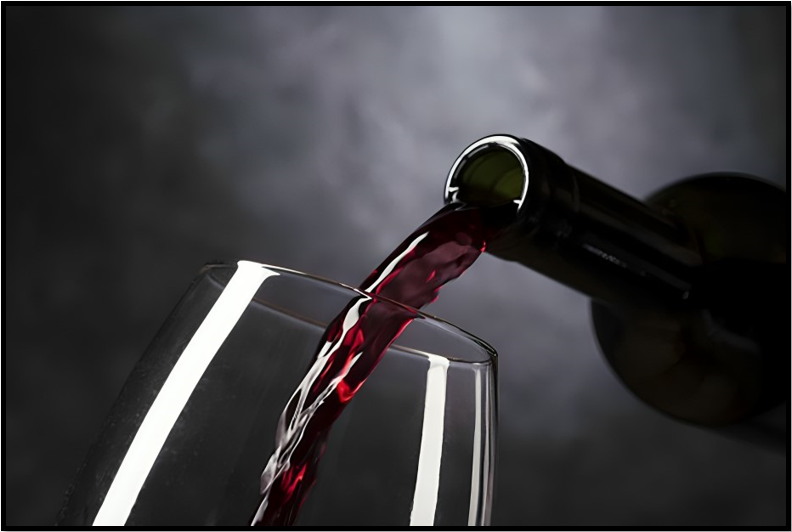
Taste 🤤
Think Malbec tastes good? Nope!!!! It tastes FANTABULOUS 🤤
I love Malbec wines for their bold flavors and rich, velvety texture. You can feel soft notes of blackberry, plum, and black cherry, which are often complemented by hints of cocoa, leather, and tobacco in your mouth. The tannins are usually soft, thus giving the wine a smooth mouthfeel, while the acidity levels help balance the richness, making it a versatile wine for pairing with food.
You’ll notice that the flavor profile of Malbec varies depending on the region where it is grown as well as the winemaking techniques used. Malbec wines from Argentina tend to be fruit-forward and robust, with a characteristic dark fruit flavor and a hint of spice. In contrast, Malbec wines from France’s Cahors region are typically more tannic and earthy, with a pronounced mineral quality.
Having such versatility makes Malbec a popular choice for a wide range of dishes. Its bold flavors and smooth texture pair well with grilled meats, hearty stews, and rich pasta dishes. Its natural acidity also makes it a good match for dishes with a bit of spice, such as Mexican or Indian cuisines. Have any recommendations for food pairings with Malbec? Comment down below!😊
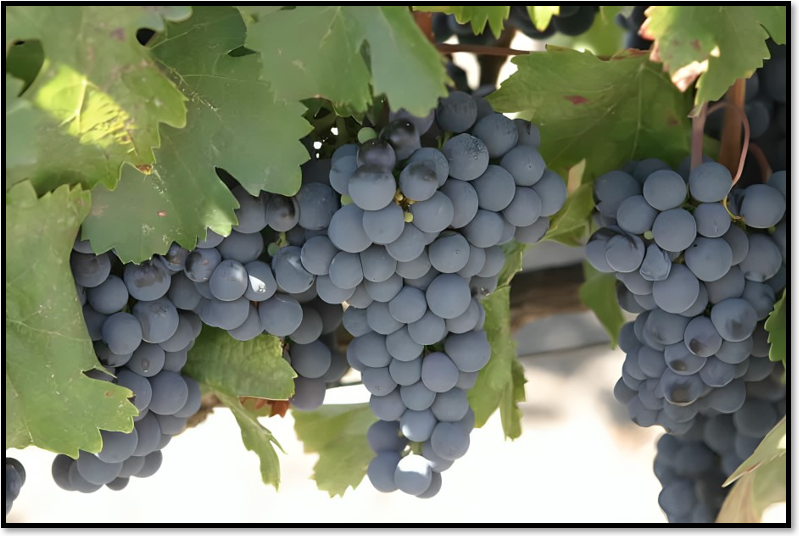
All about the Malbec’s unique Ingredients…
Okay okay, Malbec is a great wine. But what goes into making Malbec wine?
The primary ingredient is, of course, the Malbec grape. Other key ingredients include yeast, which is used during the fermentation process, and sometimes small amounts of other grape varieties to enhance the complexity of the wine. The soil and climate of the vineyard also play a crucial role, contributing to the unique terroir that defines each Malbec wine.
In addition to the grapes, the winemaking process involves several other important components. Do you know how oak barrels affect the wine? The use of oak barrels for aging can add flavors such as vanilla, chocolate, and spice to the wine. The type of oak, the size of the barrels, and the length of time the wine spends aging are all decisions made by the winemaker to achieve the desired style.
The quality of the ingredients and the care taken in the winemaking process are critical to the final product. Vintners carefully manage the fermentation process, monitor temperature and yeast activity to ensure the best possible outcome. Premium grade grapes are used in the wine making, and careful attention to detail is paid throughout the winemaking process to produce a Malbec wine that suits its consumers best.
Making 👩🍳👨🍳
I’m curious about Malbec’s making! Let’s get cooking, oh I mean winemaking, haha.
The winemaking process begins with the careful harvesting of grapes, which is usually done by hands to ensure only the best fruit is used. The grapes are then destemmed and crushed, after which they undergo fermentation. Yeast is added to convert the sugars in the grapes into alcohol. This process typically takes place in stainless steel or concrete tanks.
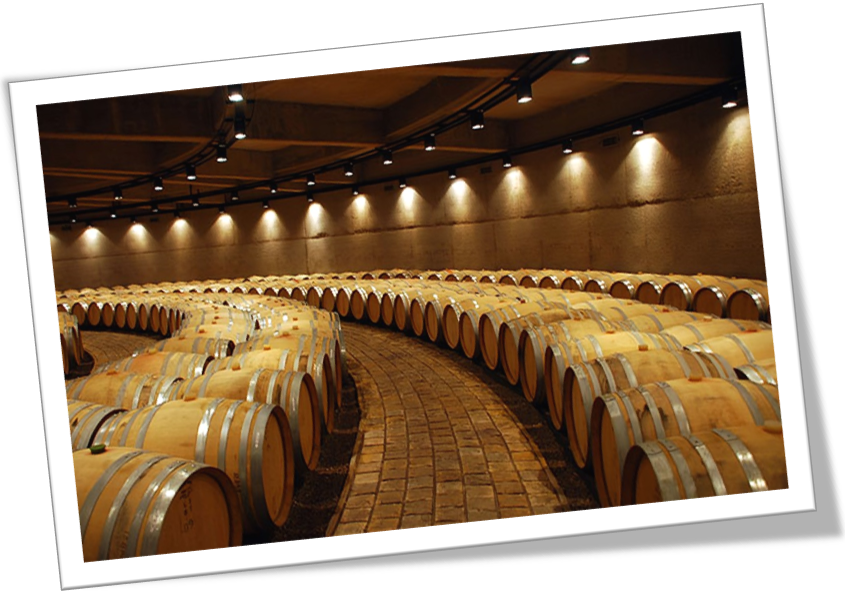
Now that fermentation is done, its time for aging to develop the lovely flavors and to soften the tannins. This aging can take place in oak barrels, which imparts additional flavors like vanilla, chocolate, and spice to the wine.
You know, aging period affects the wine. The aging process is a critical step in the production of Malbec. During this time, the wine’s flavors and aromas develop and mature, creating a more complex and balanced final product. The use of oak barrels can add additional layers of flavor, while the time spent aging allows the tannins to soften and integrate with the other components of the wine.
In addition to aging in oak barrels, some Malbec wines at times undergo further maturation in the bottle before being released for sale. This additional aging further helps refine the wine’s flavors and create a more harmonious and well-balanced final product. Isn’t it fascinating how much goes into making a single bottle of Malbec?
Storage
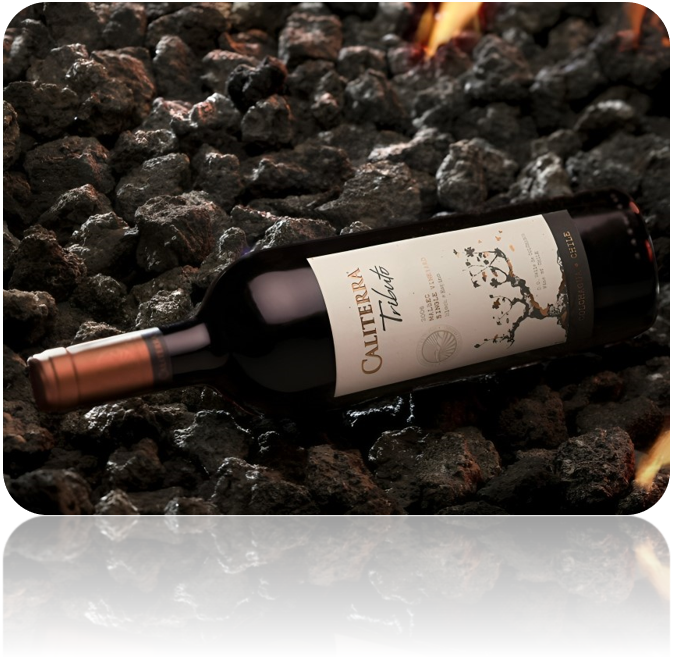
I’ve heard people mentioning that the wine’s taste deteriorated not long after the purchase. That’s because of lack of attention to detail. Proper storage is essential to preserve the quality of Malbec wine. Ideally, one should keep their Malbec in a cool, dark place having a consistent temperature, typically between 13°C to 16°C (55°F and 60°F). They should be stored on their side to keep the cork moist, preventing it from drying out and allowing air to enter the bottle. Maintain the humidity levels at around 70%, and the keep the wine away from vibrations and strong odors that could affect its flavor.
Here are a few other essential pointers:
- Firstly, avoid exposing the wine to direct sunlight, as this can cause the wine to spoil.
- Secondly, keep the wine in a stable environment, free from temperature fluctuations and excessive vibrations.
For those who are serious about wine storage, its a nice idea to invest in a wine cellar or wine fridge. These specialized storage units are designed to maintain the ideal conditions for aging and storing wine, ensuring that your bottles remain in perfect condition until you are ready to enjoy them. Do you think you’d invest in a wine cellar/fridge for your collection?
Famous Facts
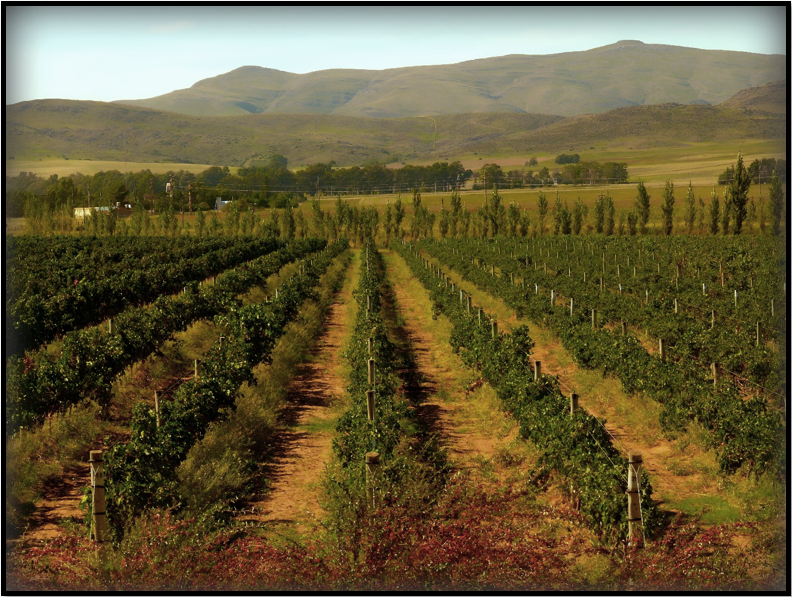
Argentinian Triumph: While Malbec originated in France, it is Argentina that has brought this grape to global prominence. The high-altitude vineyards of Mendoza, with their unique climate and soil conditions, have proven to be the perfect environment for producing world-class Malbec wines.
World Malbec Day: Yes there’s a World Malbec Day! Surprising indeed… It is celebrated annually on April 17, to honor the grape’s significance to Argentina and its impact on the global wine industry. This date marks the day in 1853 when the Argentinian government officially recognized the importance of Malbec in their wine culture.

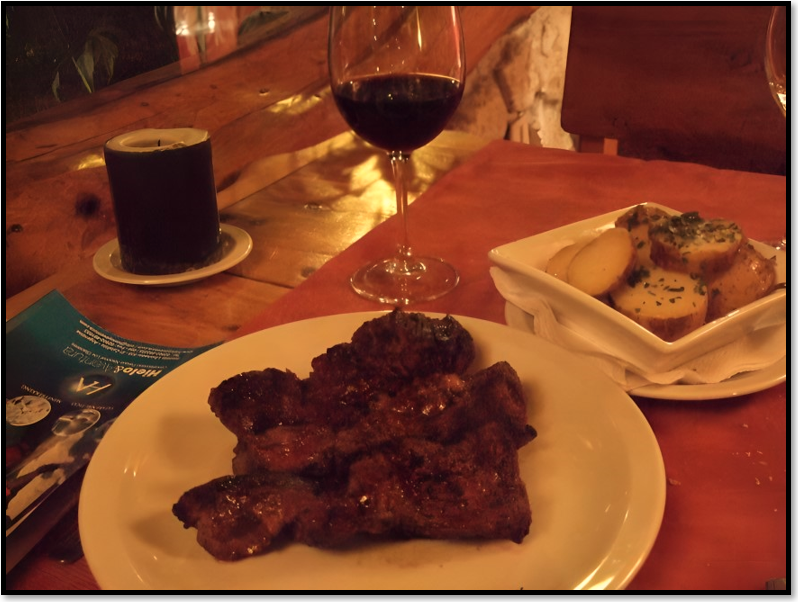
Versatile Pairings: Malbec’s rich and bold flavors make it a perfect match for a variety of foods. It pairs exceptionally well with grilled meats, making it a favorite for barbecues and steakhouses. It also complements dishes with bold flavors, such as spicy foods, strong cheeses, and dark chocolate desserts.
I definitely enjoy Malbec’s beautiful journey which begins in France, finds a cozy home in Argentina, and extends its love to the world!
Did you?
As always, I can write for your blog or website!
Place an Order 😃
Any Jujutsu Kaisen Fans here?